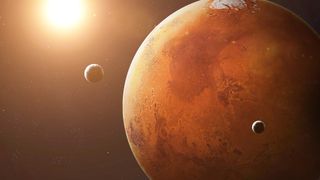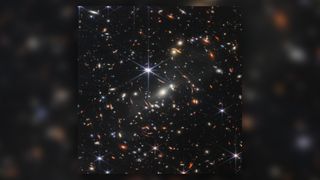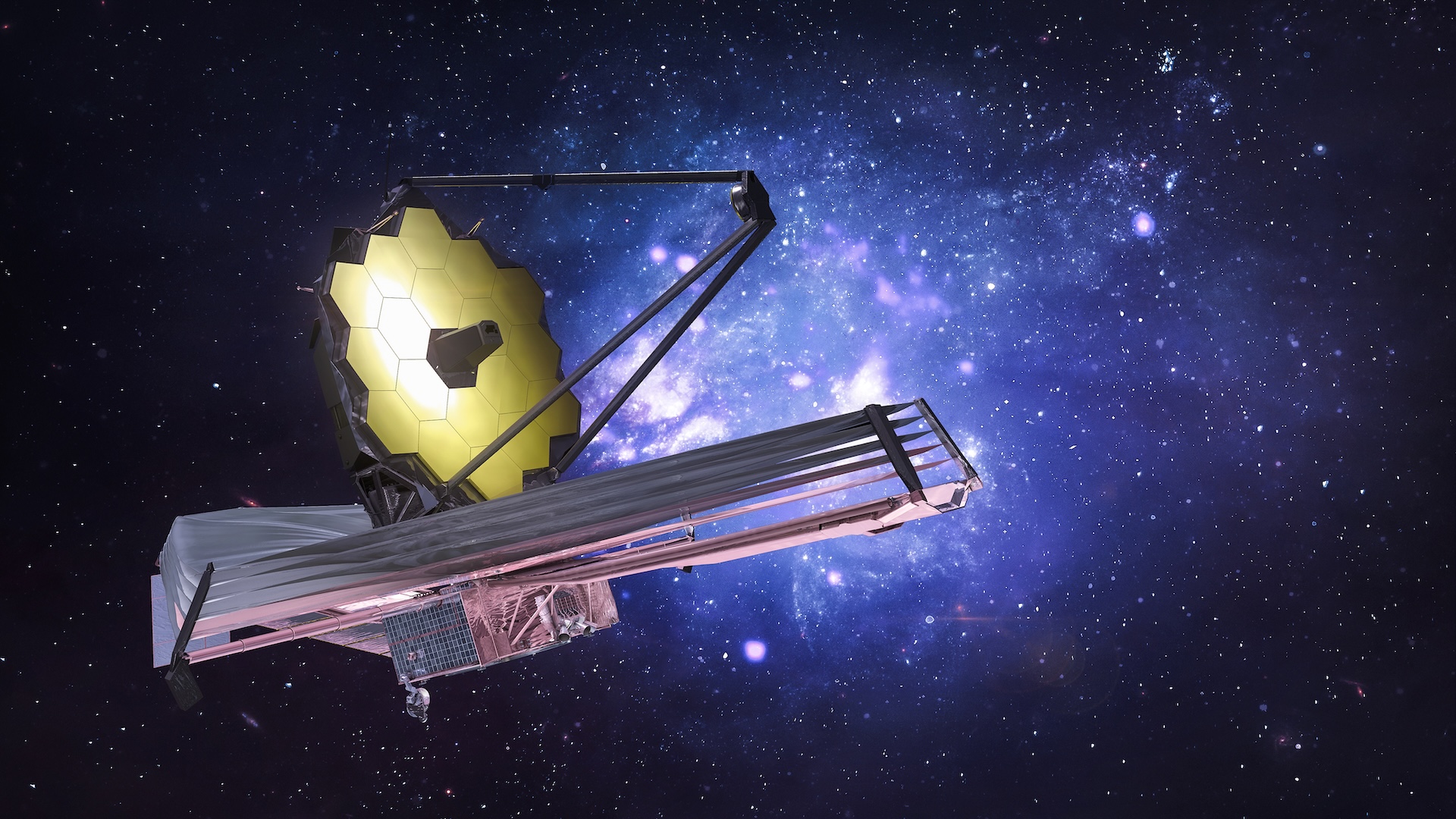gravity
Latest about gravity

Gravity can transform into light, mind-bending physics paper suggests
By Paul Sutter published
In the early universe, gravity may have been capable of creating light, a new theoretical paper finds.

10 discoveries that prove Einstein was right about the universe — and 1 that proves him wrong
By Brandon Specktor published
Albert Einstein's theories of relativity have been proven to be true time and again in the more than 100 years following their publication.

Da Vinci understood key aspect of gravity centuries before Einstein, lost sketches reveal
By Ben Turner published
Sketches found inside Leonardo da Vinci's sketchbooks, show that he had already grasped the essence of Einstein’s 1907 ‘Equivalence Principle’ centuries before the physicist.
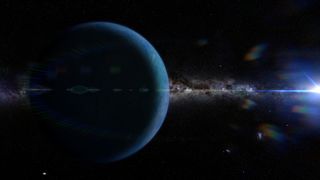
Elusive Planet Nine could be surrounded by hot moons, and that's how we'd find it
By Harry Baker published
The mysterious Planet Nine may have up to 20 moons that could be superheated by the hypothetical planet's gravitational pull, making them easy to spot.

Gigantic 'alien' comet spotted heading straight for the sun
By Ben Turner published
Scientists think it may have come from another solar system

Does gravity make you age more slowly?
By Joshua A. Krisch published
If you're at sea level, or you age more slowly or faster than someone at the top of Mount Everest?
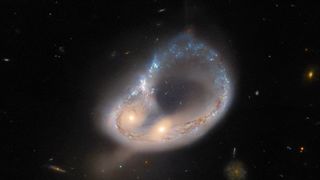
Magnificent ring of stars captured by Hubble is the result of two galaxies in head-on collision
By Harry Baker published
A pair of galaxies in the constellation Eridanus have been warped and twisted into a colossal, glowing ring of stars by the intense gravitational forces between them following a chaotic merger.
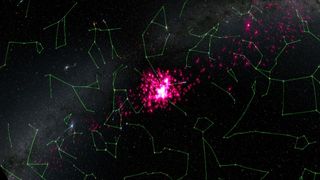
Lopsided star cluster may disprove Newton and Einstein, controversial new study claims
By Tom Metcalfe published
An uneven distribution of stars in several nearby clusters may offer evidence of MOND – a controversial theory of gravity that disputes Newton and rejects the existence of dark matter.
Get the world’s most fascinating discoveries delivered straight to your inbox.


